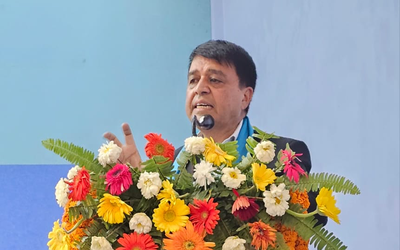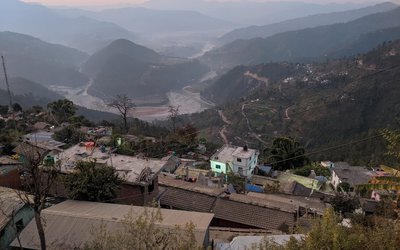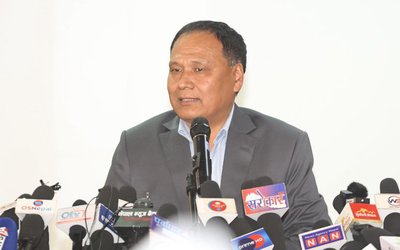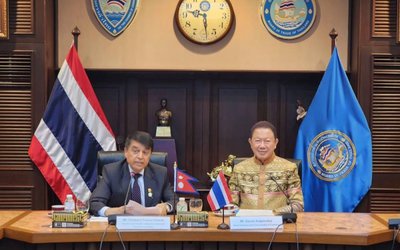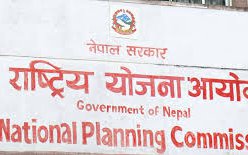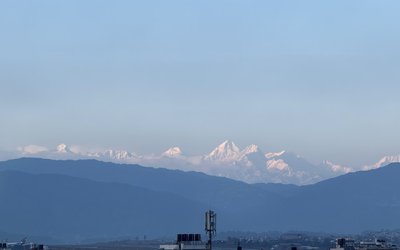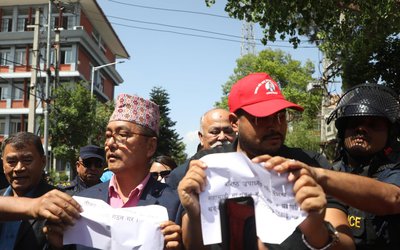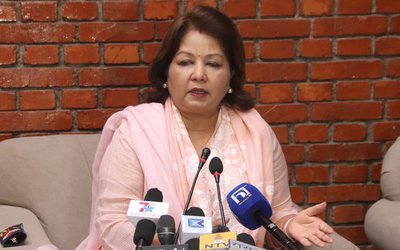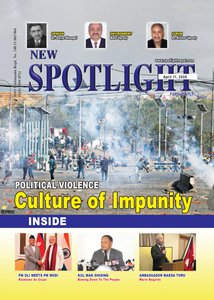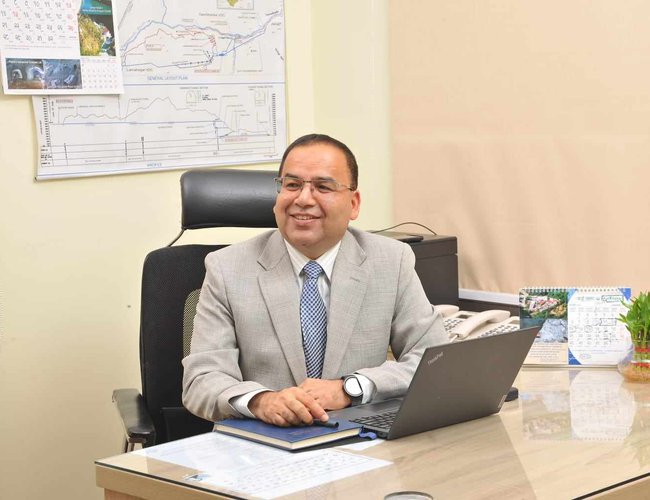
Since the commencement of power generation three years ago, the Upper Tamakoshi Hydropower Limited (UTKHPL) has profoundly transformed the energy landscape of Nepal. The facility produces substantial electricity during the harvest season, thereby reducing the necessity to purchase costly power from India.
Despite generating an average annual revenue of approximately Rs.10 billion, UTKHPL is unable to distribute any profits to its general shareholders or the local community. The company allocates eighty percent of its annual revenue to cover interest and debt obligations.
Since his appointment as the Chief Executive Officer of Upper Tamakoshi Hydropower Limited (UTKHPL) on Chaitra 14, 2079, Mohan Prasad Gautam has been making efforts to provide incentives to the public shareholders and local people of Dolkha district.
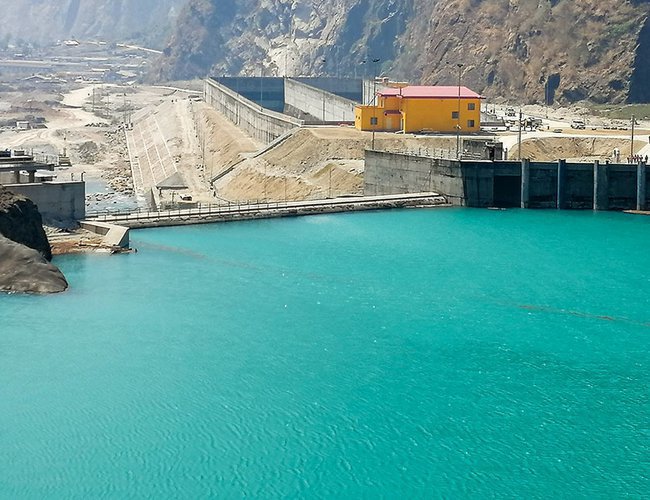
In addition to various challenges, the project is currently experiencing significant revenue losses attributed to decreasing water levels. Over the last two years, the 456-MW Upper Tamakoshi Hydropower Plant has seen a reduction in its generation capacity. This decline is particularly notable when compared to its output three years prior. The primary factor contributing to this decrease is the diminished water flow in the Tamakoshi River, which has been affected by an extended winter drought along with lower levels of rainfall and snowfall.
The Upper Tamakoshi hydropower generation has already been impacted by the depletion of river water, extended periods of drought, increasing temperatures, accelerated snowmelt, and the retreat of glaciers. This 456 MW facility, recognized as the largest hydropower plant in Nepal, exemplifies the looming crisis induced by climate change and the potential losses and damages that the nation may encounter. Variations in rainfall patterns are expected to differ not only among countries but also within the borders of individual nations.
Kul Man Ghising, the Managing Director of the Nepal Electricity Authority (NEA), underscored the significant threat that climate change poses to Nepal's hydropower industry. Ghising emphasized that despite Nepal's minimal contribution to global greenhouse gas emissions, which stands at only 0.0027 percent, the repercussions are profound. He pointed to alterations in rainfall patterns, glacier retreat, changes in river flow dynamics, and an increase in extreme weather events such as flash floods and droughts as contributing factors to the decline in hydropower generation. Furthermore, Ghising addressed concerns related to sedimentation, rising temperatures, and the challenges associated with water availability and demand.
Climate change presents a significant challenge for the Upper Tamakoshi region. Should river flows continue to diminish in the forthcoming years, the company's profit margins are expected to be adversely impacted. With UTKHPL facing penalties from the NEA for the third consecutive year due to its failure to fulfill the power supply obligations outlined in the Power Purchase Agreement (PPA), it is anticipated that the upcoming year will follow a similar pattern. Variations in water flow, which are beyond UTKHPL's control, have introduced unexpected difficulties stemming from changes in rainfall patterns. The decreased water discharge in the river has negatively influenced the power generation capacity of Nepal's largest hydropower facility during the dry season, which spans from February to May. If this situation persists, UTKHPL may incur an annual liability of around Rs. 500 million. Research indicates that water resources will be profoundly impacted by climate change, particularly through altered rainfall patterns that affect river flows and hydropower production.
The generation capacity of the 456 MW Upper Tamakoshi has been significantly influenced by recent alterations in precipitation patterns observed over the last three years. The reduction in winter precipitation from 2020 to 2023 has led to a notable decline in water flows within major river systems, particularly the Tamakosi River. At present, the plant is operating at its maximum energy capacity. During the dry season, power generation can achieve levels between 300 and 456 MW for a period of 3 to 4 hours as water accumulates throughout the day.
However, the changing climate has resulted in lower water levels in the Tamakosi River, which has adversely affected power generation, as stated by Gautam, CEO of UTKHPL. Should the current trend of altered winter rainfall patterns persist in the forthcoming years, projects such as the 456 MW Upper Tamakoshi may encounter substantial financial setbacks regarding annual revenue. This situation could also lead to a reduction in clean energy output, thereby increasing dependence on fossil fuels. The 456 megawatt national pride project has been under development for the past decade in Lamabagar, located in the Bigu Rural Municipality of Dolakha District. It stands as the largest hydropower initiative financed through domestic investment.

Right Share 1:1
The rights issue conducted on a 1:1 basis occurred from the 18th of Bhadra to the 22nd of Ashwin in the year 2080, during which a total of 105,900,000 shares were allocated to eligible shareholders at a nominal value of Rs. 100 per share. In its most recent financial report for the first quarter of the fiscal year 2080/81, the Company disclosed a net profit of Rs. 1 billion, translating to an annualized earnings per share of Rs. 25.20.
The company currently holds long-term loans amounting to 73.01 billion rupees and short-term loans totaling 3.04 billion rupees. This project is undeniably crucial for the energy security of Nepal, representing not only the largest hydropower initiative in the country but also involving shareholders that include the government, public enterprises, the general public, and local residents. UTKHPL is presently generating electricity from the 456 MW Upper Tamakoshi Hydropower Plant and supplying it to the Nepal Electricity Authority.
Multi-stake Holder Company
The diverse ownership structure of the company clearly indicates its status as a multi-stakeholder initiative. For instance, the Nepal Electricity Authority (NEA) holds a significant 41 percent of the shares in UTKHPL, which boasts a paid-up capital of Rs. 10.59 billion. Additionally, the Nepal Telecommunication Company possesses 6 percent of the shares, while the founding shares are distributed equally between the Citizen Investment Fund and the National Insurance Corporation, each holding 2 percent.
Furthermore, depositors of the Employment Provident Fund control 17.28 percent of the shares, employees of the lending company own 2.88 percent, NEA employees hold 8.84 percent, the general public has 15 percent, and Dolakhabasi owns 10 percent. Despite this multi-stakeholder framework, it appears that the primary beneficiaries are the financial institutions such as the Employment Provident Fund and Telecom, along with the Citizen Investment Fund, National Insurance Company, and the principal promoter, NEA, while the general public seems to bear the costs. What is your perspective on this situation?
It is a fact that UTKHPL has struggled to provide an appealing dividend to the general public and local residents. Currently, my primary focus is on generating some form of profit for the general shareholders and local community. I have put forth several proposals aimed at lowering interest rates, increasing surcharges, and extending the license duration. The company is presently offering double-digit interest rates to the Employment Provident Fund, Citizen Investment Fund, Nepal Telecom, and National Insurance Corporation. In contrast, the interest rate paid to NEA stands at 6 percent.
We are appealing to the relevant organizations to consider reducing this rate to a single digit, as the company is now operating without risk and generating profits. Additionally, we have approached major lenders, including the Employment Provident Fund, which currently charges 10.5 percent, requesting a reduction to single-digit interest rates. To attract investors, it is essential to revise the Power Purchase Agreement (PPA), increase tariffs, lower interest rates, and extend the license period to 50 years. If a revision of the PPA is not feasible at this time, we urge NEA to contemplate a revision following the completion of the Rowling project, which is expected to contribute an additional 212 GWh.
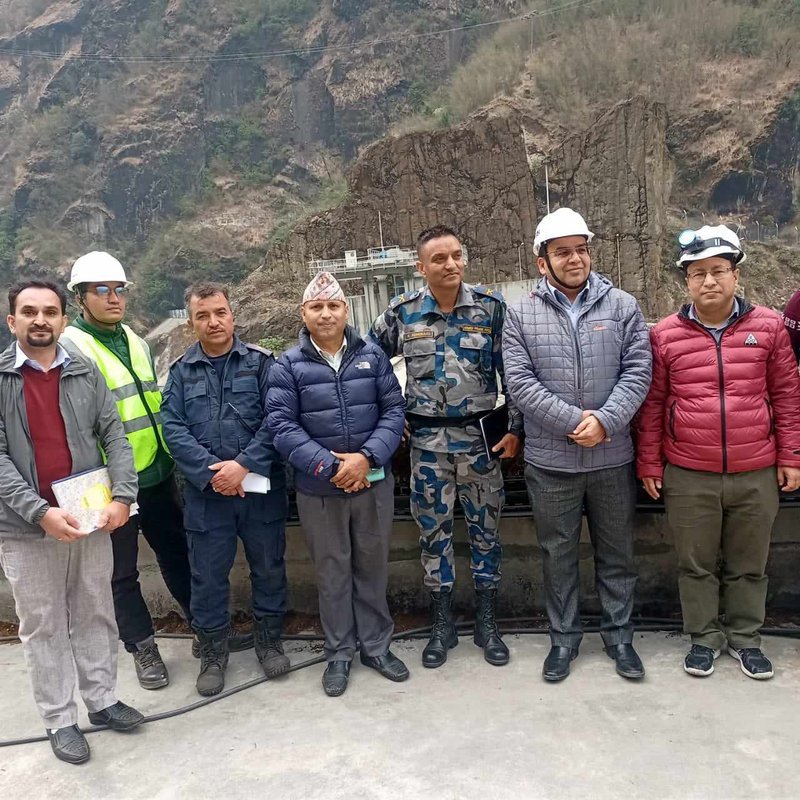
The company has been remitting interest to various entities, including the Employee Provident Fund, Citizenship Investment Fund, Nepal Telecom, National Insurance Corporation, and the Nepal Electricity Authority (NEA). Previously, the interest rate was as high as 12 percent; however, the current rate has been adjusted to 10.5 percent for the Employee Provident Fund and an average of 10 percent for the other institutions. Despite a significant decline in bank interest rates over the past year, the company continues to offer the highest borrowing interest rates, as stated by CEO Gautam.
He further noted, "The NEA has already implemented a reduction in its interest rate. While it was previously set at 10.5 percent, the NEA board has made a collective decision to lower this rate. I have made numerous attempts to persuade the lending organizations to reconsider their interest rates in light of the current circumstances, but we have yet to receive a favorable reply."
The company is currently servicing its interest and debt obligations under a 15-year loan repayment plan, which consists of 30 installments for the long-term debt owed to the Government of Nepal, and a separate 15-year loan repayment plan with 60 installments for long-term loans from other institutional lenders. As of the conclusion of the fiscal year 2080/81, the company has made ten payments of both principal and interest to the Government of Nepal and other lending institutions.
Public shareholders have yet to receive any returns from the project; however, public confidence and optimism remain intact. The company's share price has stabilized around Rs.270 over the past few months. I have taken all necessary measures to appeal to the lenders for a reduction in the interest rate, which would enable the company to achieve profitability and subsequently distribute earnings to public shareholders.
To enhance the management of the company's financial and administrative operations, the Board of Directors has ratified and put into effect Financial Management Rules and Human Resource Management Rules.
The project timeline has been extended for various reasons, leading to an increase in overall project costs. Consequently, depreciation and interest expenses have risen significantly, while revenue from electricity sales has not experienced a corresponding increase.
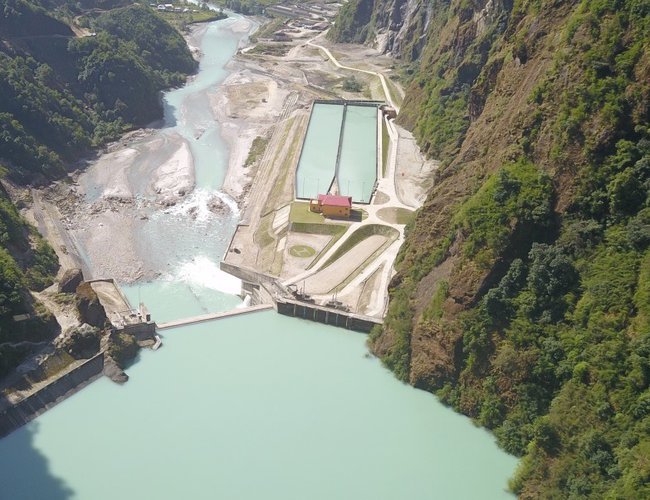
Furthermore, it has been observed that the company's profits are likely to be influenced over the coming years. Nevertheless, with the project's completion and the commencement of operations on 25th Bhadra 2078, the 456 MW Upper Tamakoshi Hydropower Project has significantly transformed the energy landscape of Nepal, enabling the country to achieve net exporter status.
At this stage of project completion and operational readiness, the company faces increased interest expenses, depreciation, and other costs attributed to extended construction timelines. However, by ensuring the effective operation and financial stability of the company, it is possible to provide suitable dividends to investors.
Under the guidance of Kul Man Ghising, the managing director of NEA, the company is now poised for profitability. The realization of Upper Tamakoshi would not have been possible without Ghising's leadership following the earthquake. His decisive actions and regular site inspections were instrumental in rescuing the project from potential failure.
Currently, MD Ghising is collaborating with CEO Gautam to explore avenues for enhancing dividend distribution to the general public and local shareholders in the Dolkha district.
- NEPAL-THAILAND: Joint Business Council
- Apr 13, 2025
- BIMSTEC SUMMIT: Nepal’s Stand
- Apr 11, 2025
- IME GROUP: Expands Into Paper Industry
- Mar 24, 2025
- CPN UML: Instigated By India
- Mar 23, 2025
- ADB’S CHIEF ECONOMIST: Nepal Reduces Poverty
- Mar 11, 2025
